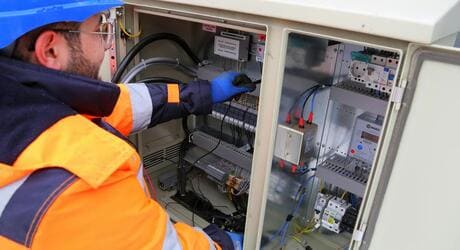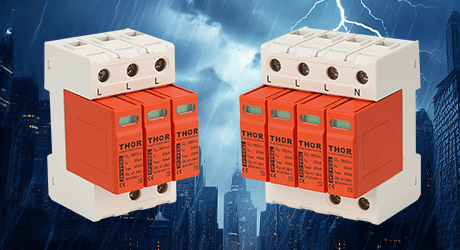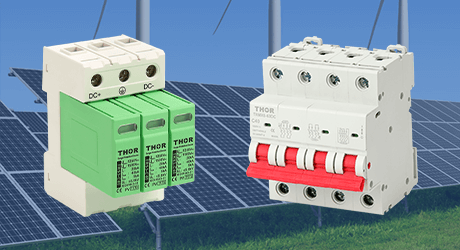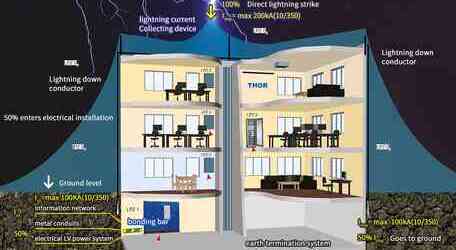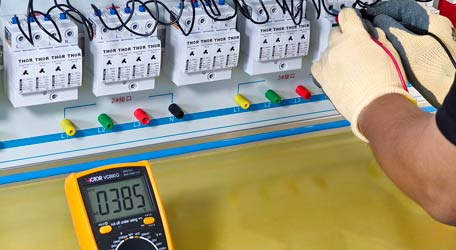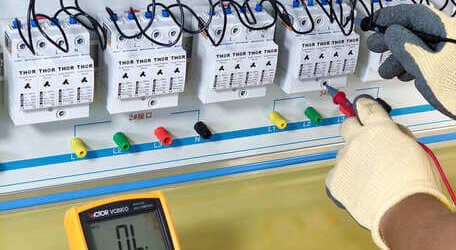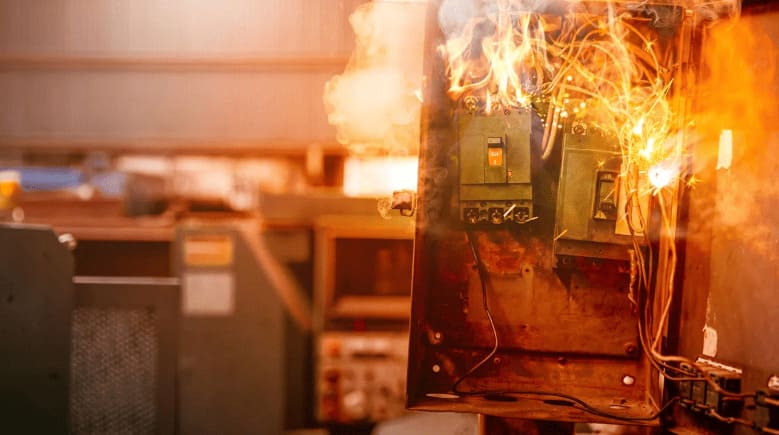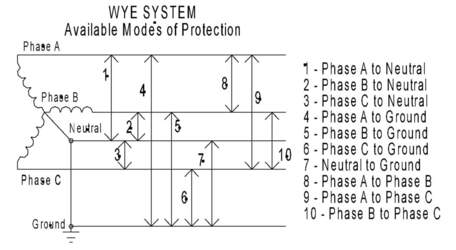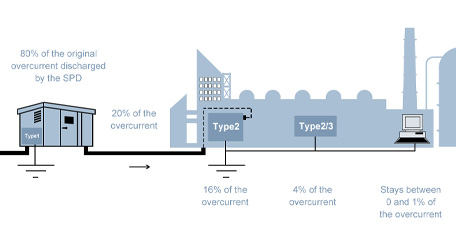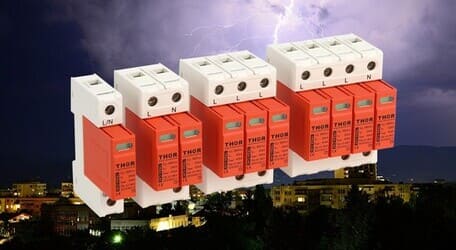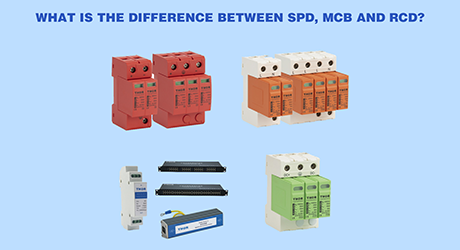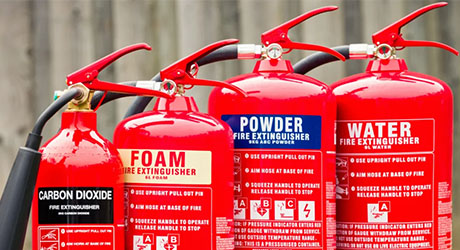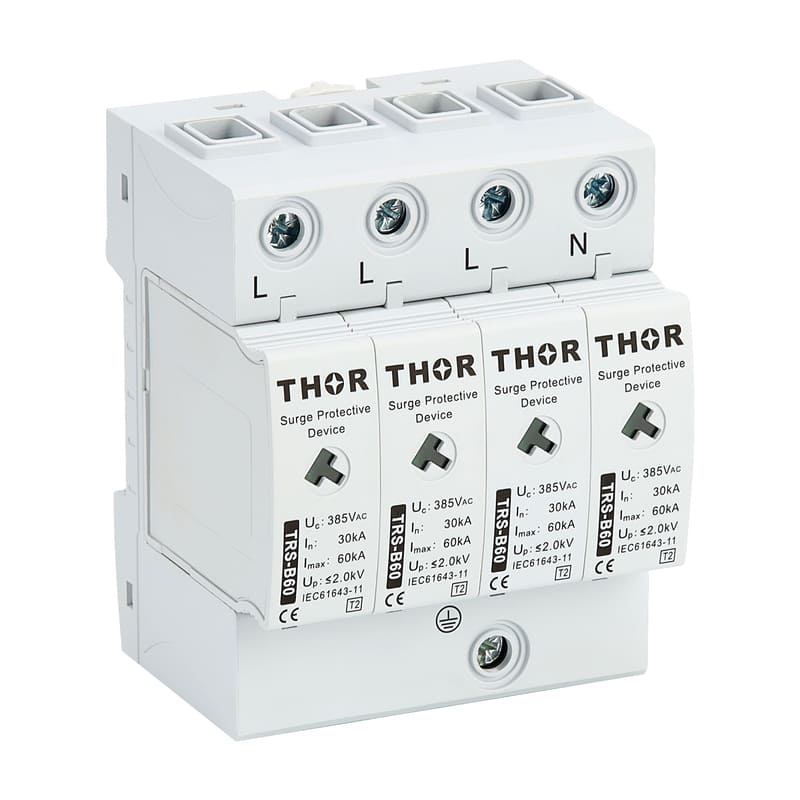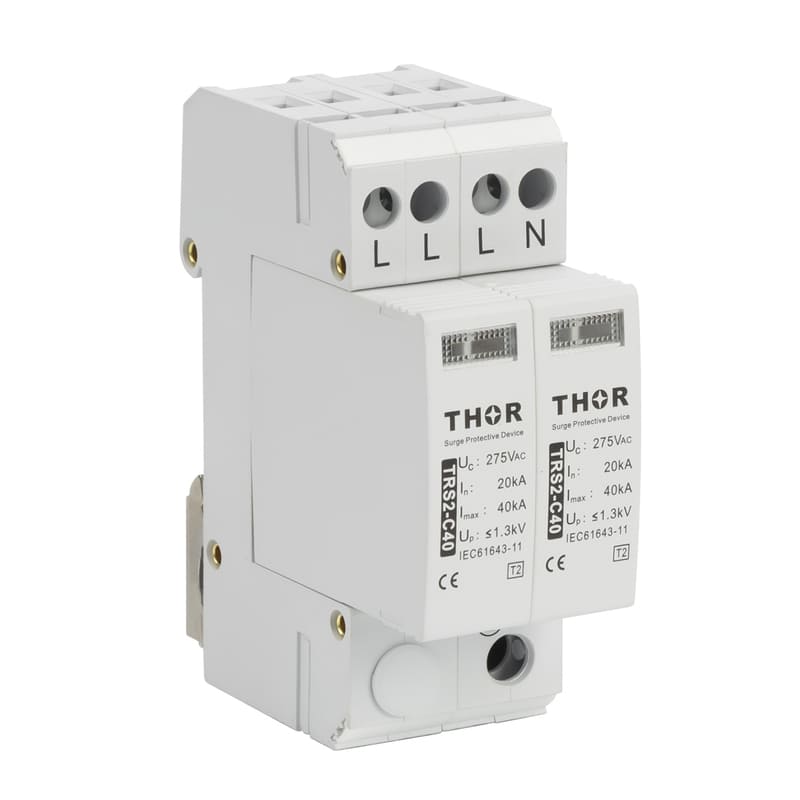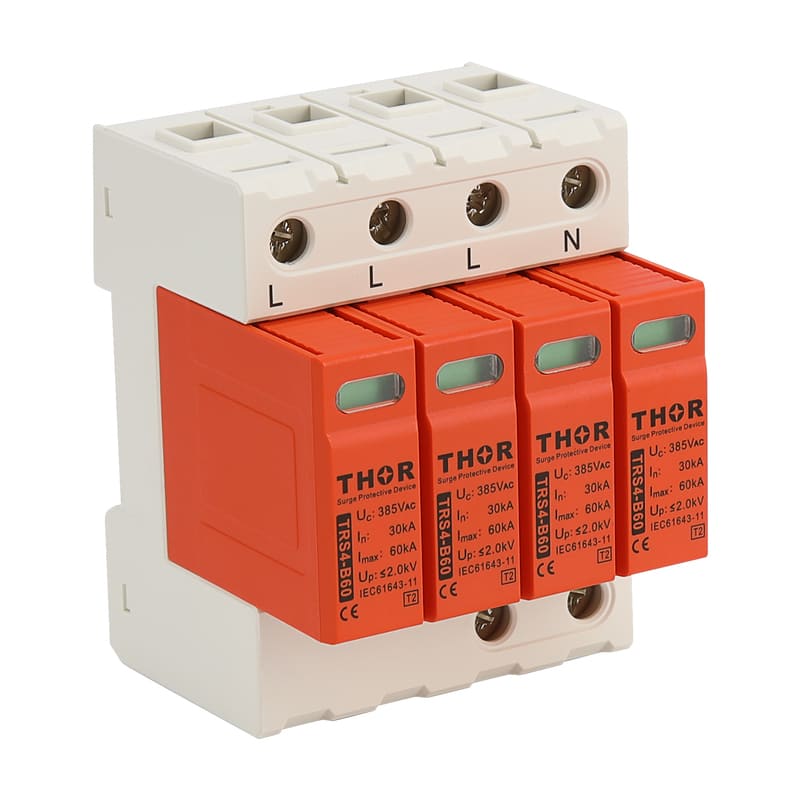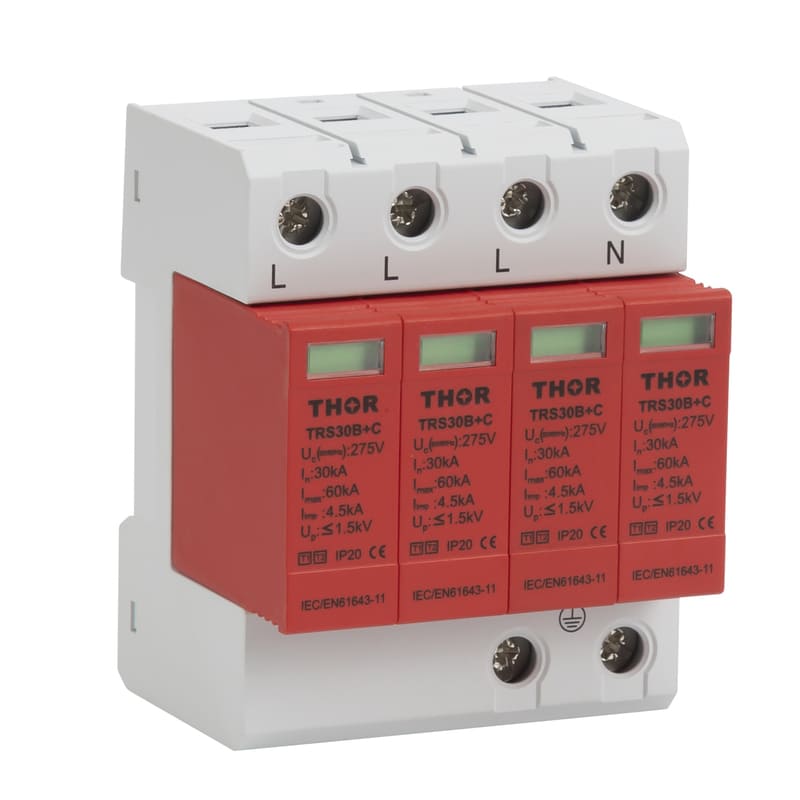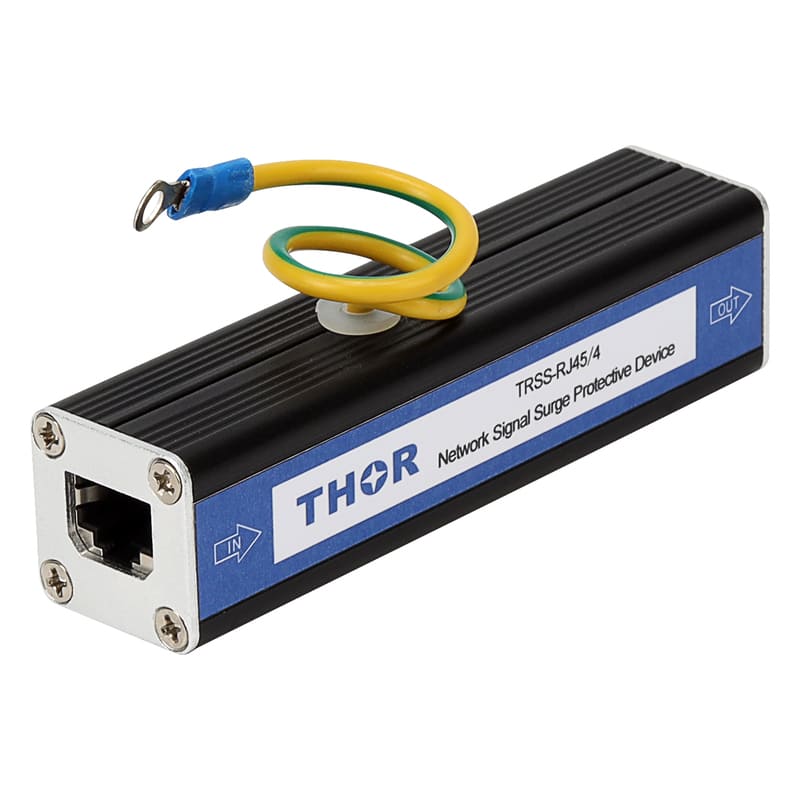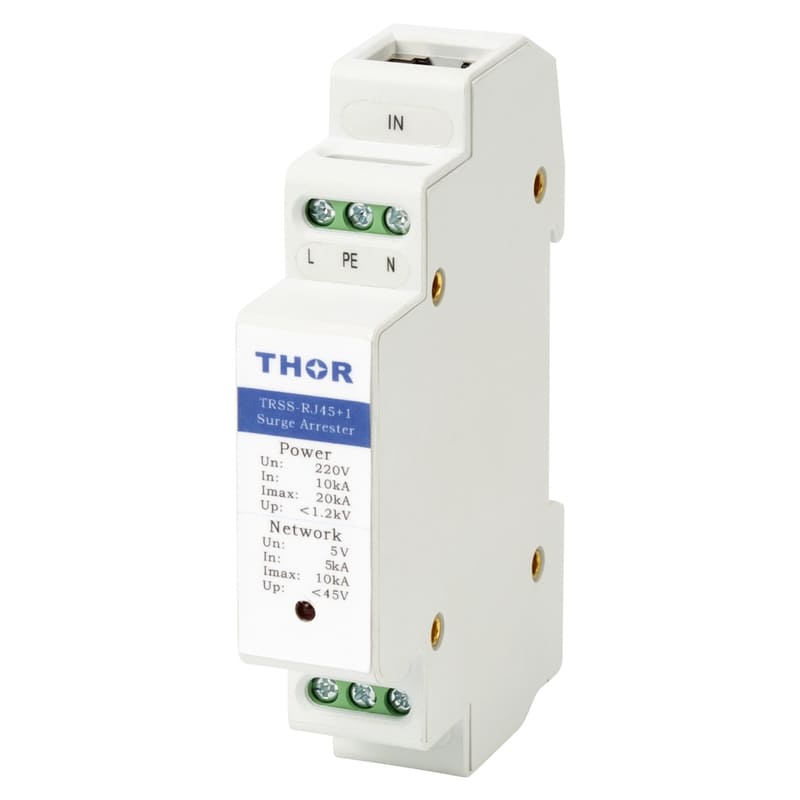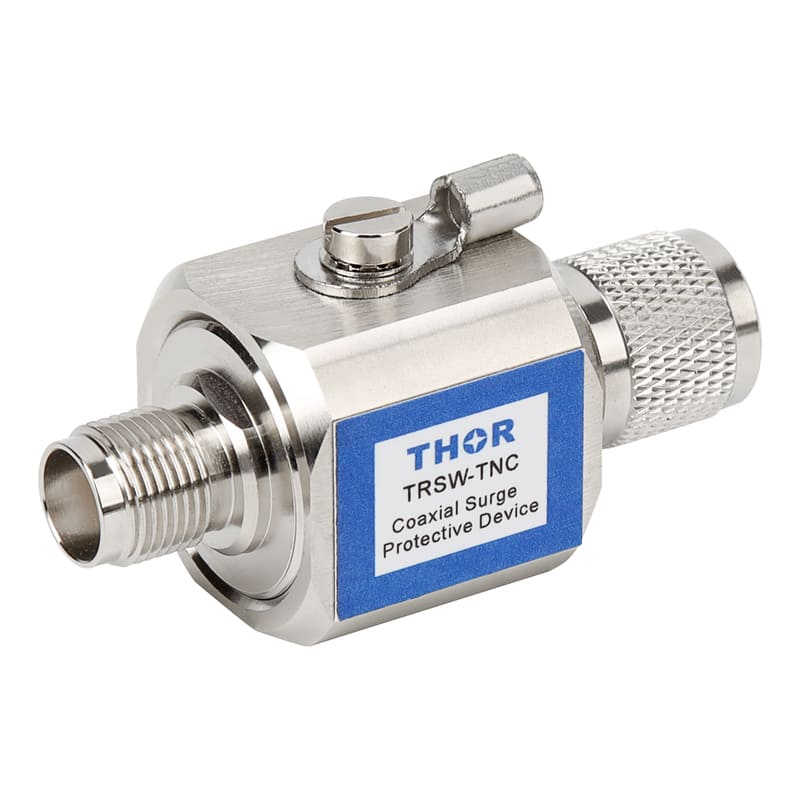How to do lightning protection grounding in computer room
The so-called grounding is to connect a metal shell in the circuit with the ground edge to form an electrical circuit. The purpose is to allow the current to flow easily into the ground to protect people and equipment.
Grounding method:
The DC ground suspension method means that the DC ground is not connected to the ground and is strictly insulated from the ground;
The DC grounding method is to connect the potential of digital circuits in computers and other equipment to the ground and the network.
No matter what form is used, there must be a grounding bus bar and a grounding rod. It is particularly recommended to use a grounded buried grounded network board, which can better guide it to the ground. The following issues should be paid attention to when grounding:
Ø Try not to short-circuit or mix the DC ground and the AC working ground in the computer room;
Ø It is not allowed to lay the AC line in parallel with the DC ground wire to prevent interference or short circuit;
ØThe DC ground wire network should be installed under the floor, which is convenient for side connection, which can reduce the grounding resistance and facilitate the leakage.
1. Ground copper bar
The grounding of the indoor equipment room is made of 30*5 (width*thickness, unit mm) copper sheet, which is 10cm above the ground around the wall of the equipment room, and connected to the outdoor grounding busbar. Drill small holes every 50 cm in the copper sheet to facilitate the grounding of equipment distributed in various areas of the equipment room.
2. Ground copper plate
The grounding copper plate is fixed on the floor with L-shaped copper plate with a width of 60mm (thickness 10mm).
3. Ground network
If a raised floor is erected in the computer room, a 2.5mm multi-core bare copper wire should be used as the ground net to wrap the raised floor column.

